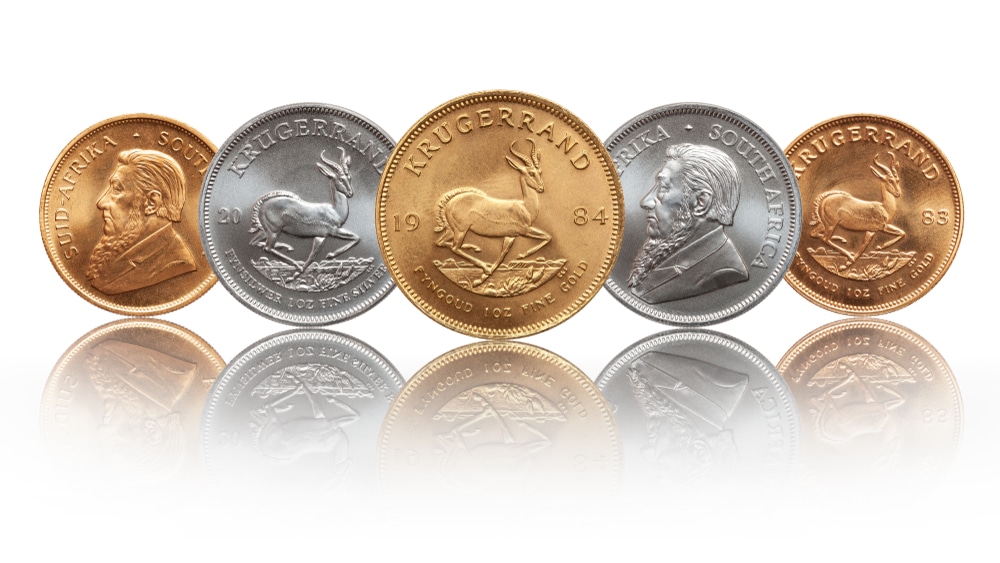The South African Krugerrand is famous for being the first one-ounce gold coin to be mass-produced. It garnered immense popularity after its release in 1967, becoming well-known throughout the world.
As of 2018, over 50 million Krugerrand coins have been sold throughout the world. And in contrast to the US, which treats gold coins as “collectibles,” the Krugerrand is considered legal tender in South Africa.
Why the name Krugerrand?
The coin takes its name from South Africa’s first president, Paul Kruger, and the location of mintage; the Rand Refinery. Kruger was responsible for much of South Africa’s success in the gold industry, and the Krugerrand plays a big part in the country's history.
President Kruger was in power throughout the Witwatersrand Gold Rush, the discovery of a gold deposit which would turn out to be the largest in the world. He also oversaw some of the deepest and most prolific gold mines in South Africa’s history, and for a time the Kugerrand’s success reflected this. At its height, the Krugerrand made up a huge 90% of the global gold coin exchange, but it wasn’t meant to last.

Apartheid forced trades to no longer be an option between South Africa and the U.S
Did Apartheid play a role with its value?
In the 1970s and 80s, the Krugerrand became illegal to import in the US as the US took a firming stance towards apartheid. Leading up to this, the United States had formed a huge part of South Africa’s gold market. Apartheid laws in the country meant trade was no longer an option. These restrictions harmed the success of South Africa’s premier gold coin, as other global mints took advantage of the gap in the economy.
How did the Krugerrands make a Comeback?
Demand began to increase again around 1999 after apartheid was abolished in the country and towards the end of Nelson Mandela taking charge of the country. Annual production levels reached as low as 24,000 during the ban and as high as six million after the transition of power.
Tell me a little about its design features
On one face, a portrait of Paul Kruger is displayed beside the country’s name. The reverse shows a springbok, South Africa’s national animal, elegantly leaping across the face of the coin. Another wonderful word to describe this animal’s behavior is Stotting or agilely springing in the air with all four hooves up.

Gold South African Krugerrand
How do I assess the value of the Krugerrand now?
The Krugerrand is one of few gold coins which doesn’t have a face value. Their value is simply redeemable at South Africa’s central bank for the melt value of the gold. This gold coin composition is 91.67% pure gold, alloyed with 8.33% copper for durability. This copper alloying gives the South African Krugerrand a distinctive darker color. Each coin guarantees the buyer one troy ounce of fine gold. Due to the coin’s popularity, South Africa is offering mintings now to include the production of 1/2-ounce, 1/4-ounce, and 1/10-ounce Krugerrand coins. In 2017, 50 year commemorative coins were minted with limited circulations in Silver, Gold and Platinum as well.




